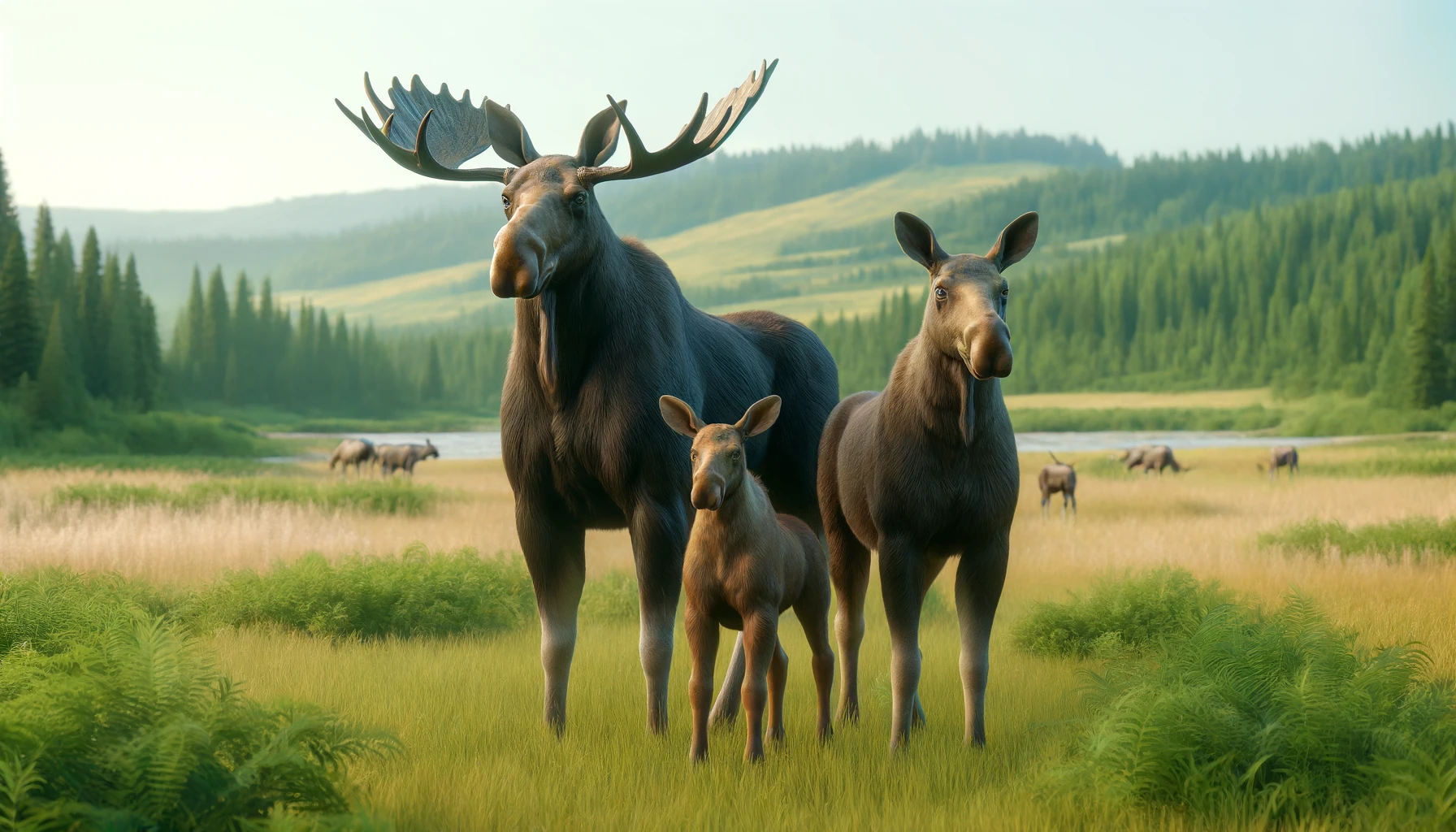Check out this answer from Consensus:
The largest moose can reach up to 7.5 feet in height at the shoulder and weigh as much as 1,600 lbs. The size of moose varies significantly based on geographical location, with northern populations generally being larger due to better fat reserves and climatic conditions. Nutritional factors also play a crucial role, with moose in regions with abundant food resources growing larger.
Moose (Alces alces) are the largest members of the deer family and are known for their impressive size and weight. Understanding the maximum size of moose involves examining various factors such as geographical location, climate, and nutrition, which influence their growth and body mass.
Key Insights
- Maximum Size and Weight:
- Moose can stand up to 7.5 feet at the shoulder and weigh up to 1,600 lbs, making them the largest members of the deer family2.
- Geographical Variation:
- Moose in northern populations tend to have a 15-20% larger adult body mass compared to those in southern populations. This variation is primarily due to differences in fat reserves and climatic conditions3.
- Alaskan moose (Alces alces gigas) are particularly large, with significant body measurements and weights recorded. Measurements such as total length, chest girth, and shoulder height are highly correlated with weight1.
- Nutritional and Environmental Factors:
- Moose from regions with rich food supplies, such as the Copper River Delta and Alaska Peninsula, tend to have larger antlers and body sizes due to superior nutrition. In contrast, moose from areas with less stable food supplies, like taiga habitats, have smaller antlers4.
